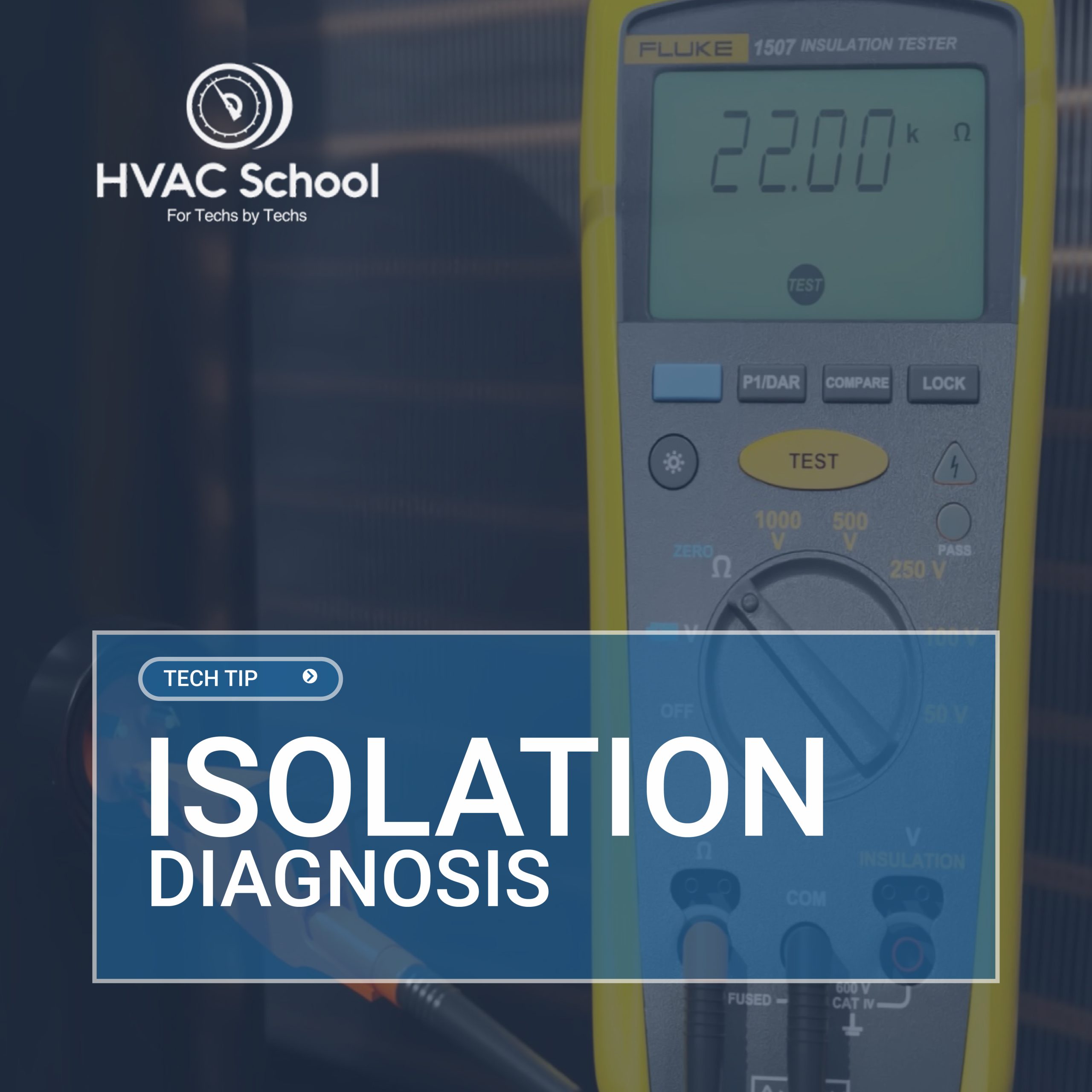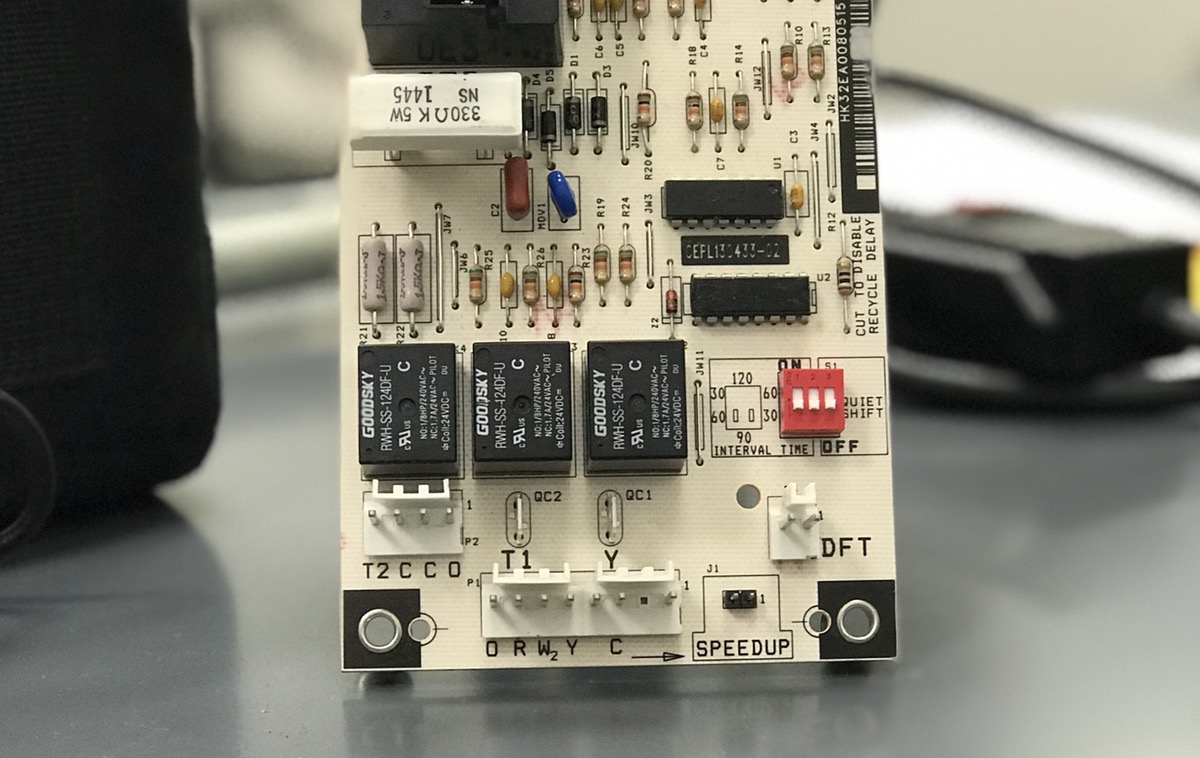Get Tech Tips
Subscribe to free tech tips.
Defrost Time & Temperature
The most common method to defrost appropriately in refrigeration involves both time for initiation and a combination of time and temperature for defrost termination (ending defrost).
But why can't we just use temperature or time alone? (You may wonder.)
Imagine a common freezer with a designed box temperature of -10°F and a coil temperature of -20°F. Periodically, the evaporator coil will need to defrost, and the amount depends on how much moisture is brought into the box from opening doors and adding new product.
How could we possibly tell when the coil needs to defrost by temperature alone? The coil is already 52°F BELOW the freezing temperature at design conditions. Whether the coil has a lot of ice on it or very little, it will still be cold enough for ice to form, so using the coil's temperature alone is a poor indicator of when a defrost is needed (initiation of defrost).
So what if we used time alone? It is common to set up freezers for two (dry) to six (humid) defrosts per 24-hr period, depending on the climate and how they are being used. You would then set up a length of time for the defrost as a best guess. If it goes for too long, you risk wasting energy and warming the product. If the defrost is too short, you risk an incomplete defrost that will gradually freeze the coil.
With this time-only strategy, you are left guessing, and to prevent progressive freeze-ups, you will always need to defrost a little too long.
So instead, we use a combination of time to set the number of defrost occurrences per 24-hr period. We use time to make a solid guess at how long it will take to defrost the evaporator coil reliably, and then we use temperature to terminate (stop) the defrost once the coil warms up enough that we are sure it is no longer icebound.
This combination of time and temperature for defrost termination also gives us a bit of a backup plan. If the temperature sensor or thermostat isn't working correctly, it will still go back to refrigerating once the time is complete. If the time is set way too long for defrost, the temperature termination will stop the defrost and send it into refrigeration mode before the product gets too warm.
This is why it is common to initiate defrost using time and terminate defrost using temperature and time.
You can think of it like an irrigation timer that uses a time schedule to water the lawn but can ALSO use a rain sensor to prevent it from watering when it just rained.
This same strategy of time and temperature is also used in many comfort heat pumps to defrost the outdoor coil in heat mode.
—Bryan










Comments
To leave a comment, you need to log in.
Log In